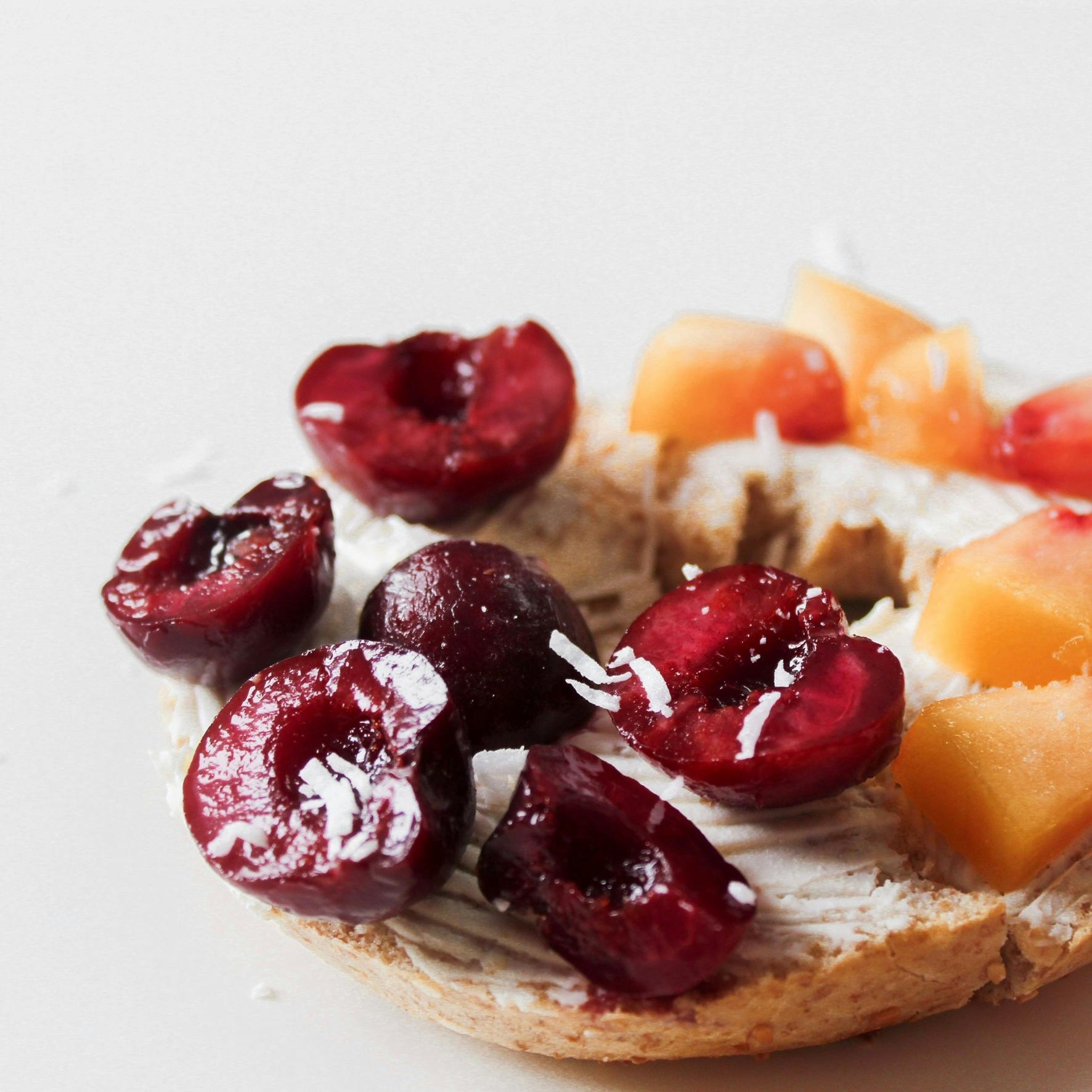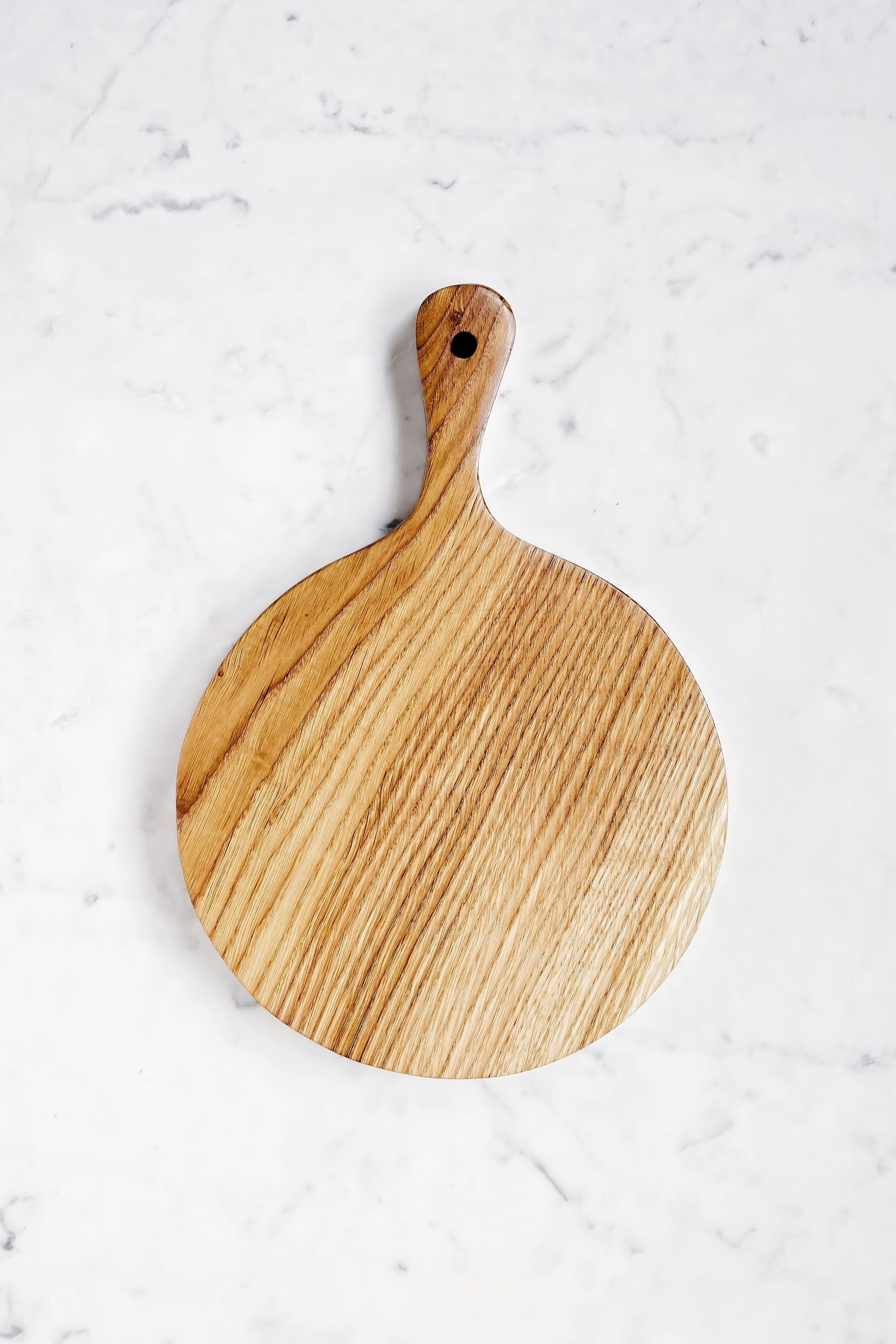Smart Ways to Enhance Clownfish Diet with Jellyfish: 2025 Guide

Smart Ways to Enhance Clownfish Diet with Jellyfish
Understanding the dietary preferences and requirements of clownfish is crucial for maintaining their health in aquariums. Clownfish, known for their vibrant colors and unique behaviors, primarily inhabit anemones in the wild, but incorporating jellyfish into their diet can provide additional benefits. As we delve into the 2025 guide on clownfish diets, particularly focusing on how jellyfish can enhance their nutritional intake, we'll explore the nutrition facts, feeding habits, and symbiotic relationships that define the lives of these fascinating fish.
In this article, you'll learn about the nutritional value of jellyfish, their role in the clownfish diet, and practical tips on how to care for both species in your aquarium. You will also discover how geological and environmental factors influence both clownfish and jellyfish populations, and what you can do to create a harmonious aquatic environment. The key takeaway is to appreciate the dynamic diets of clownfish and how jellyfish can supplement their nourishment while fostering a vibrant marine ecosystem.
Understanding Clownfish Diet and Feeding Habits
Clownfish primarily consume a variety of foods including algae, zooplankton, and small invertebrates. They are carnivorous, displaying a clear preference for protein-rich foods which are vital for their growth and reproductive health. By introducing jellyfish into their diet, aquarists can increase the dietary diversity available to clownfish, which may improve their overall health and longevity.
Common dietary patterns among clownfish show that they benefit from regular feeding times and a varied diet. Their feeding habits can also reflect in their behaviors, including territoriality and foraging strategies. Observing these behaviors can help aquarium owners understand optimal feeding practices. Regular observation, such as during feeding times, can ensure that clownfish receive adequate nutrition without stress from competition or territorial disputes among tank mates.
Types of Jellyfish and Their Nutritional Value
Jellyfish species vary widely, but many provide significant nutritional benefits for clownfish. Among the most nutritious jellyfish are the moon jellyfish and the lion's mane jellyfish, which are both popular in aquariums. These jellyfish offer rich protein content and essential fatty acids that are beneficial for clownfish growth and maintenance.
Jellyfish nutritional value can be broken down as follows:
- High Water Content: Jellyfish are composed of over 90% water, making them a hydrating snack for clownfish.
- Proteins: The protein found in jellyfish contributes to muscle development and overall health for clownfish.
- Energy Sources: Jellyfish are low in calories but provide energy from carbohydrates, which can help sustain clownfish during active periods.
Including these jellyfish types in their diet allows for a more dynamic feeding experience and opens opportunities for the exploration of clownfish dietary variations.
Factors Influencing Clownfish Dietary Needs
Many factors influence clownfish dietary requirements including their size, age, and overall health status. In general, juvenile clownfish require more frequent feeding due to their rapid growth rates. Additionally, when considering their diet, it is essential to look at the clownfish's natural habitat and feeding characteristics. Clownfish exhibit adaptability, which allows them to thrive on various food sources, including jellyfish.
Goldilocks zones, or areas that provide optimal growth and resource availability, can make a significant difference in clownfish dietary needs. For example, clownfish living in nutrient-rich environments are often healthier and have better reproductive success than those in less nutrient-dense waters. Therefore, incorporating jellyfish can mimic those natural conditions, aiding in the well-being of clownfish.
Jellyfish Feeding Patterns and Clownfish Compatibility
Understanding how clownfish interact with jellyfish is vital for creating a suitable aquarium environment. Jellyfish feeding behavior showcases both passive and active strategies to capture prey and graze on microscopic animals. By integrating jellyfish into the clownfish's diet, it's essential to consider how they will coexist in the same habitat.
Clownfish are known for their unique symbiotic relationship with anemones, and similar dynamics can occur with jellyfish. While clownfish might not dwell among jellyfish as they do with anemones, observing their reactions to jellyfish can lead to insights about compatibility and feeding behaviors. Clownfish can benefit from the presence of jellyfish, as they learn to feed on them without being adversely affected by their stinging mechanisms.
Setting Up a Jellyfish-Friendly Aquarium Environment
Creating the right habitat for both clownfish and jellyfish requires careful consideration of tank setup and environmental parameters. Jellyfish require specific conditions for thriving, such as minimal water movement and suitable filtration to ensure their delicate bodies are protected.
Here are some essential steps for a well-balanced aquarium setup:
- Tank Size: A larger tank is advisable to provide ample space for both species to thrive. Clownfish require room to swim, while jellyfish need space to float without obstruction.
- Water Quality: Maintain excellent water parameters—clear water, appropriate salinity, and balanced pH are crucial for both species.
- Filtration: Use gentle filtration systems to prevent jellyfish from being sucked into the filter while ensuring the tank remains clean.
By following these aquarium care tips, you can cultivate a healthy environment for both clownfish and jellyfish, allowing them to coexist peacefully while enhancing clownfish diets through jellyfish consumption.
Clownfish Health Issues Related to Diet
Proper care of clownfish extends beyond just feeding; their health can be significantly impacted by dietary changes. Clownfish may experience health issues if their diets lack sufficient nutrients or if they are overfed or fed wrong foods. Illnesses related to poor nutrition include stunted growth, weakened immune systems, and reproductive failures.
Maintaining a balanced diet that includes jellyfish can mitigate potential health issues. For instance, jellyfish can provide necessary vitamins and minerals that support clownfish health. It's imperative to monitor their overall condition regularly and adjust their diets accordingly. Watch for signs of stress or poor health, such as reduced activity and a lack of appetite, which may signal dietary deficiencies.
Conservation and Jellyfish Environmental Role
Both clownfish and jellyfish play critical roles in their ecosystems. Clownfish contribute to reef health by cultivating anemone populations while also providing prey for larger fish species. Meanwhile, jellyfish serve as a food source for various marine animals, and their blooms can indicate changes in environmental conditions.
Understanding the environmental threats facing jellyfish populations is integral to effective conservation efforts. Overfishing, climate change, and pollution present significant challenges that can alter jellyfish habitats and disrupt their natural behaviors.
As aquarium enthusiasts, promoting conservation efforts can ensure that both clownfish and jellyfish thrive in their habitats. Supporting initiatives focused on habitat protection and fostering understanding can be key steps in preserving marine biodiversity.
Q&A: Common Questions about Clownfish and Jellyfish Diets
What do clownfish eat besides jellyfish?
Clownfish primarily consume algae, zooplankton, and small crustaceans. A varied diet helps meet their nutritional requirements. Including small pieces of meaty food like brine shrimp or high-quality pellets can supplement their diet effectively.
How do jellyfish stinging mechanisms affect clownfish?
While jellyfish possess stinging cells to capture prey, clownfish have shown adaptations to coexist with anemones and may also demonstrate behaviors to avoid harmful stings from jellyfish. Care must be taken when introducing jellyfish to a clownfish tank to prevent accidental stinging.
What are the best tank mates for clownfish?
Tank mates for clownfish can include peaceful species such as gobies and various types of small wrasse. It's essential to ensure that any fish added to the tank can coexist peacefully without aggressive behaviors.
Conclusion
In summary, enhancing the clownfish diet with jellyfish can contribute positively to their health and overall aquarium care. With a greater understanding of both species and considerations for their coexistence, aquarium enthusiasts can create a thriving underwater environment. Prioritizing proper care tips and nutritional knowledge allows for the flourishing of clownfish and jellyfish alike, promoting a balanced marine ecosystem.
 example.com/image2.png
example.com/image2.png
 example.com/image3.png
example.com/image3.png